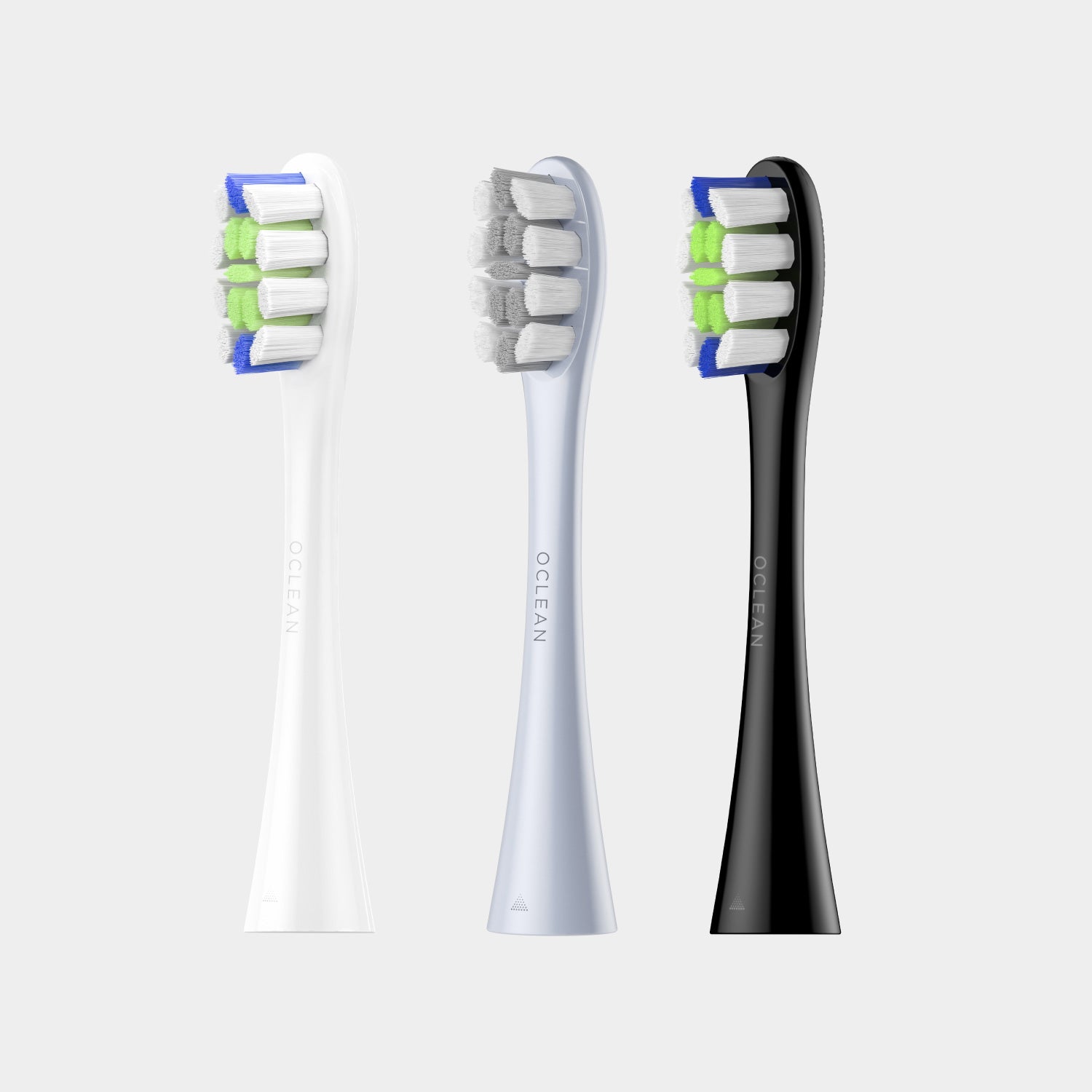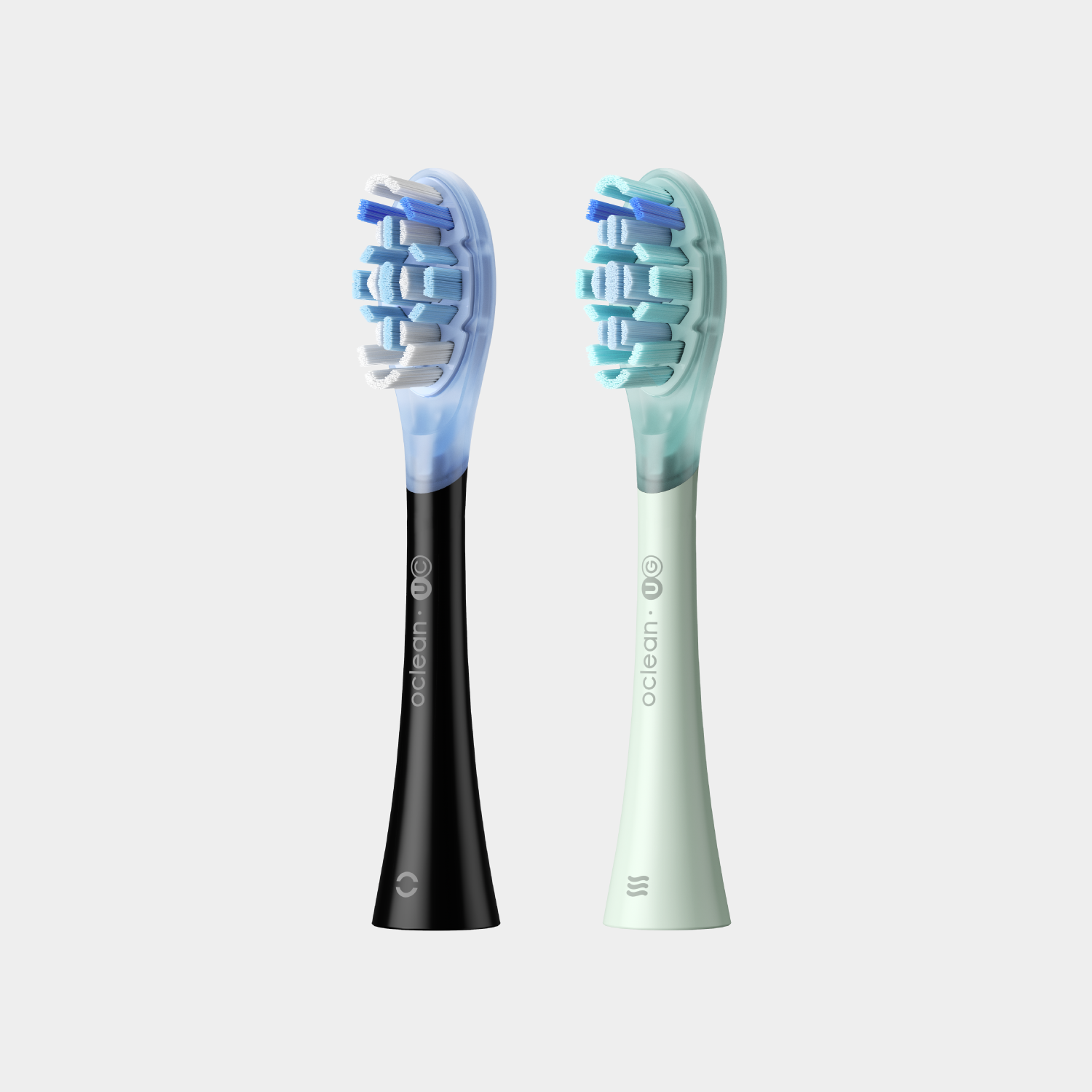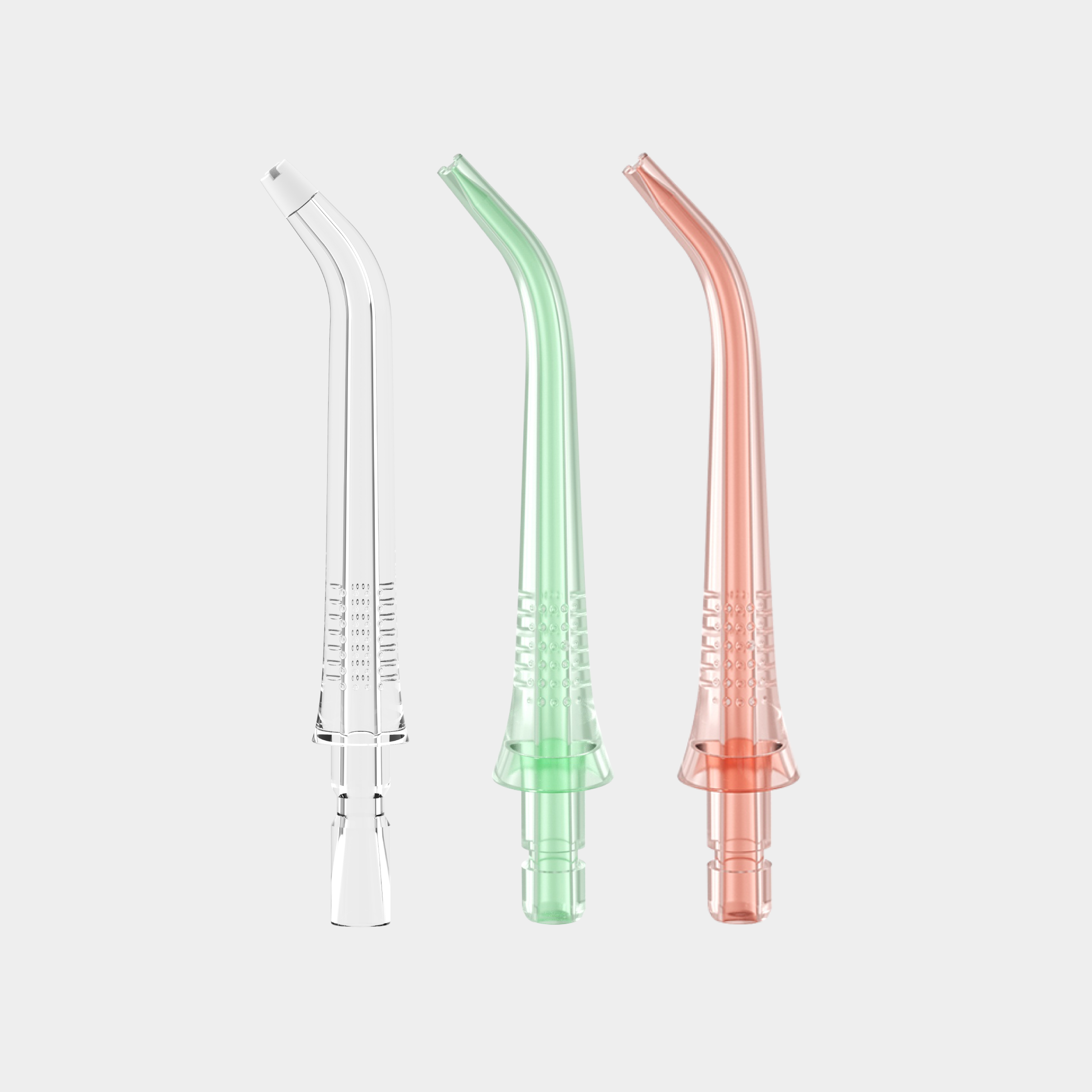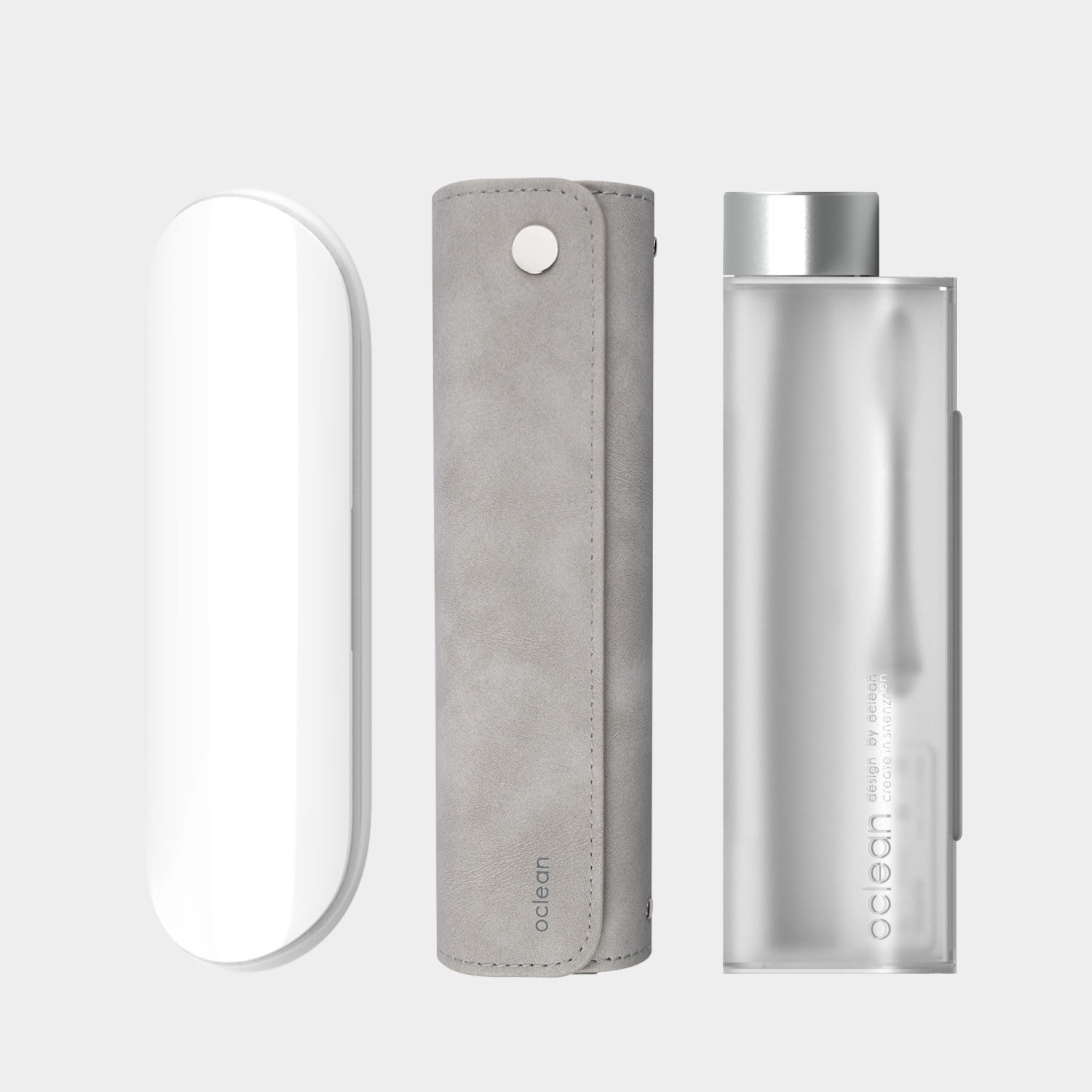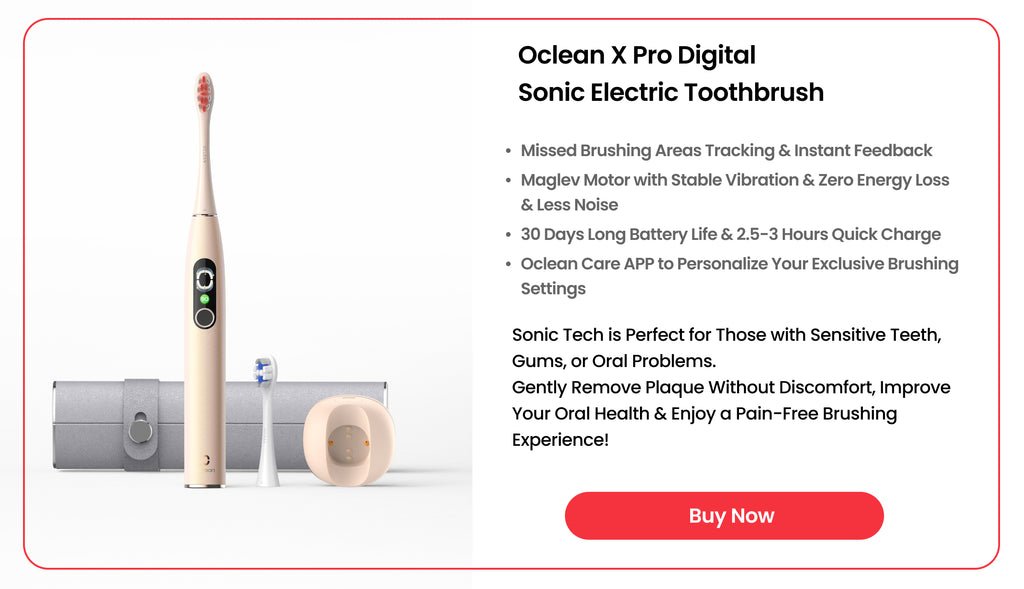Dentists are asked all sorts of questions. One of the most common is smile and appearance. If you put your face down because of gappy and stained teeth, OR you have one tooth higher than the other, OR a tooth is chipped off due to trauma, then this article is for you. For those of you who would like to know about tooth bonding, in general, this article is for you as well.
Can tooth bonding improve your smile?
Dental bonding, formally known as composite bonding, is a cosmetic procedure used by dentists to improve smiles. It involves using a tooth-colored material that is applied onto the affected teeth. The fact that it’s tooth-colored gives it an upper hand over other filling materials. In addition to fixing smiles, tooth bonding is also used for;
- Repairing damaged or cracked teeth
- Treat discolored teeth
- Replace old restorations such as amalgam
- Close tooth gaps
- Core build-ups – after root canal treatment
Thus, if a question pops up, can tooth bonding improve your smile. The answer is “Yes.”
Eating food with bonded front teeth
The composite used in tooth bonding is nearly an exact replica of an original tooth. It stains, and it can get damaged. Thus, it’s always recommended to avoid certain food and drinks – these include:
· Foods that are hard
If you bite on hard foods, your bonded tooth can chip off. The same holds true for a completely natural tooth. This implies that if you have a habit of chewing ice, you have to work on stopping it.
In addition to ice, hard candy and nuts can also chip off bonded front teeth. To eat them, you must work on the way you eat. Instead of biting food from the front teeth, you must bite from the back teeth. However, if your back teeth (molars and premolars) are bonded, you must avoid such foods.
· Foods that cause staining
Unlike other materials, dental composite has many properties similar to a natural tooth. Foods that stain natural teeth can also stain bonded teeth. For this purpose, you must monitor the consumption of certain foods like blackberry, raspberry, and vegetable-based sauces such as tomato sauce.
· Foods that are sticky
Who doesn’t love cheese? Everyone does! But when it comes to bonded teeth, it must be consumed in minimal amounts.
Why is that so? – you might ask. The reason to avoid them is because of their potential to loosen the bonding material. The same goes for gummies and other sticky foods of this genre.
· Drinks that cause staining
Like foods, certain drinks must also be avoided as they can cause staining. These include; red wine, tea, coffee, cola, and orange soda drinks.
Does tooth bonding last long enough?
According to the International Association of Dental Research, dental composite has a typical life span of 3 to 5 years. However, certain other factors also come into play, such as;
1. Forces Exerted by Opposing Teeth:
Tooth bonding in an area of excessive forces like the molar region can result in excessive wear of the bonding material.
2. Oral Habits:
Certain unknown habits like the clenching of teeth (bruxism) can decrease the life span of the dental bonding material
3. Frequency of Brushing Teeth:
There’s a famous saying, too much of anything is bad. ADA recommends brushing teeth twice daily – using a smart toothbrush can help you in this regard. If you brush more than twice, this will increasingly wear off the bonding material on your teeth.
4. Food and Drinks:
Cola, tango-colored soda, and hard and sticky foods can reduce the shelf life of tooth-bonding material.
What are the downsides of tooth bonding?
There are certain disadvantages associated with dental bonding. These include;
- Tooth bonding material (composite) can get stainedby certain food and beverages mentioned earlier.
- When compared with veneers and crowns, dental bonding is short-lasting.
- Tooth bonding material wears offover time.
- Certain food and drinks can damage the tooth-bonding material. Thus, one can only eat and drink some things.
What is the procedure for dental bonding?
A standard protocol is followed by your dentist when going for a tooth bonding procedure. This standard protocol involves a certain set of “7 steps” to be followed stepwise. These are;
- Isolating the tooth via a rubber dam or cotton rolls
- Application of Etchant – this will create micropores on the enamel of the tooth
- Application of Bonding Agent – this will act as a glue and will join the composite with the tooth surface
- Curing of Bonding Agent – this is done to increase the bond strength
- Application of Composite in small increments
- Curing of Composite
- Finishing and Polishing – this is done to make the bonded tooth esthetically pleasing
Oral Care After Tooth Bonding
Keeping your teeth clean is of utmost importance when it comes to dental issues. The same holds true for tooth-bonding material. The two most important acts to do after a composite bonding are as follows;
· Brush teeth twice daily
Dentists recommend brushing your teeth two times a day. This activity can be made more effective using a sonic electric toothbrush. Oclean offers a wide variety of these brushes to suit specific needs. You can choose as per your liking.
In addition to brushing teeth, your toothpaste also plays a significant role in oral care. Certain types of tooth bonding material contain the ability to absorb fluoride. Fluoride increases the strength of the tooth and reduces the chances of decay. This means that you should use fluoride toothpaste for better results.
· Flossing once daily
The use of dental floss is mostly ignored by the masses. Day-to-day brushing does not clean the area between two teeth. For this purpose, the use of dental floss once a day is imperative. However, modern-day technology has done wonders in today’s world.
Water flosser is one such wonder in the field of dentistry. It uses a strong water beam that effectively cleans the area between teeth.
Both these acts have the same end goal – to increase the longevity of tooth bonding material.
Conclusion:
Tooth bonding is a solution to many dental problems, including your smile. Hard, sticky, and staining foods should be avoided, especially if you have a composite bonding restoration. Research shows that tooth bonding material lasts between 3 to 5 years, on average. The downsides and steps of the tooth bonding procedure have been explained in the preceding section of this article.



















































